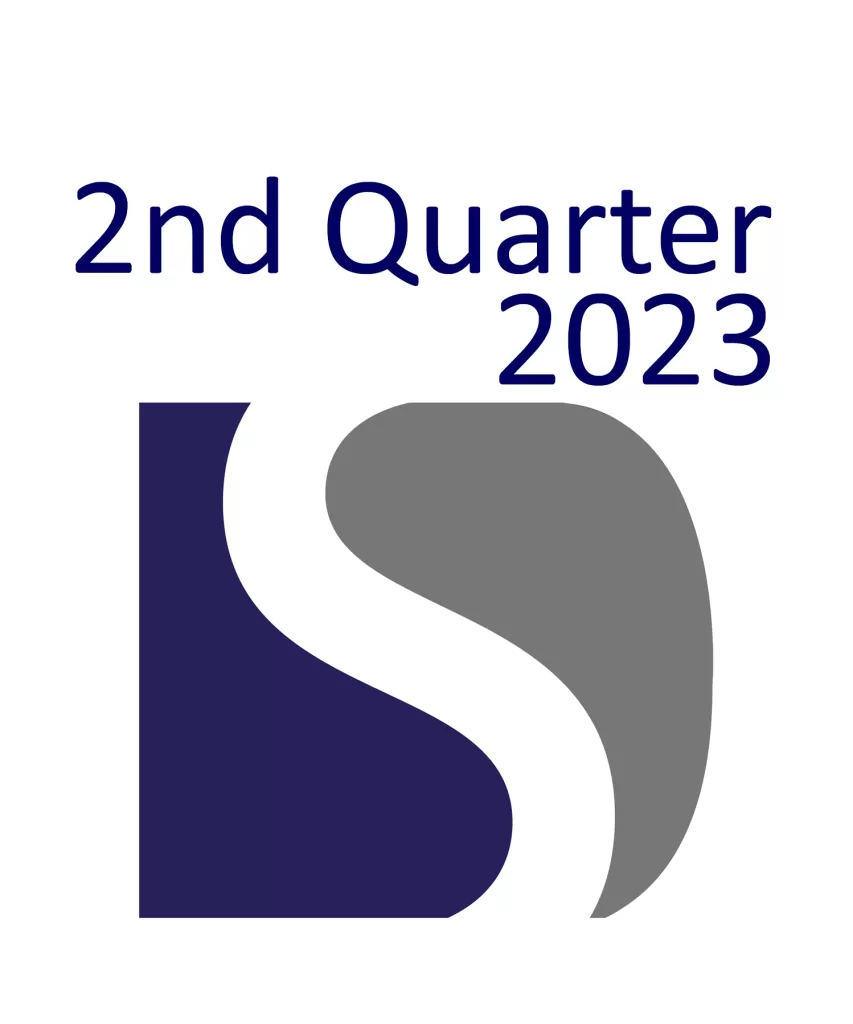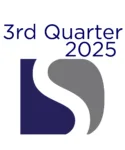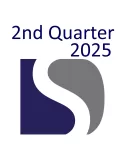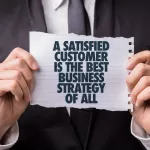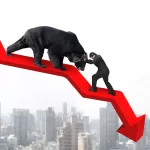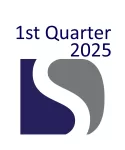Refocusing People and Supply-Chain Efforts
Every business exerted a great deal of effort just to stay relevant from 2020 through 2022. People had to create new routines and models to keep from going crazy dealing with the chaos, while still delivering on their promise. While the economy is not completely stable, unpredictability has become more familiar. With supply-chains experiencing a new normal of continued issues and labor markets1 undergoing new uncertainties, now is the time to keep the momentum going.
The past two years has forced companies to run with below minimum staffing and diminished capabilities. Also, they had to work with extended lead times, relaxed quality, and unproven substitutes for inputs into the business.
Given these ongoing issues, businesses still found a way to make it work. This is the momentum I am talking about.
Progress is being made.
While there are various levels of effort, most have put the hard learned lessons of facing scarcity into improving the way they work. Leaders have used their heightened sensitivity to signals from customers and suppliers into better measures.
In a few cases, buyers and sellers enhanced their relationships with agreements to mitigate risk together. Developing relationships is one of many ways to keep the momentum going but much more needs to be done.
Leaders must not accept the status quo. Because the fluidity of culture can become frozen by challenges that hit too hard or for too long, now is the time to find ways to refocus efforts.
What areas will yield the greatest rewards from your efforts? In the areas of people-focused innovation and transparency across your supply-chain.
People
We are not experiencing the labor shortages from a year to two ago. The labor market is tight, but most companies do not need to cycle through dozens of people to get one or two to stay. Productivity challenges require my clients to develop their people to become leaders and have the capabilities for this new normal.
Before, it was about finding enough candidates. Now, things like inter-personal relationships and leadership skills are back in focus. Companies should now be helping employees make the best use of their time and abilities.
The momentum opportunity here is to show employees how to focus on the right things and do them correctly. An advanced leadership ability is to understand when to develop the right competences before they are needed. Another is knowing how to create strategic choices that can change customers’ behaviors. Choices that everyone can understand and take part in making a reality.
It is time to shake off the survival mode and look at the current business environment with a fresh set of eyes. A word of caution. We need to be careful when we move to keep the momentum going. Not everyone is ready to move forward, let alone with enthusiasm.
The Walking Wounded
Just because people are still showing up does not mean they are in a good place. Burn-out and the feeling of despair from those long, resource deprived months are still on people’s minds.
Your employees have struggled for so long to try and find normal. A normal that they can show up for days on end, without collapsing at the end of the week only to wake up in time for the next week.
Some have gotten comfortable in their shell, bracing for when the bad stuff hits the fan again that they don’t realize the opportunity to seize the day has already arrived.
Somewhere within the healing, realigning, and seizing the day is the opportunity for leaders to take lessons learned, blaze a new trail, and achieve wins for their team, customers, and the company.
Even if you think you have moved on, you might be surprised to have a few “walking dead” among your employees. Those who you will see are on autopilot if you look closely enough.
Take stock of how many employees are pushing away change because they have not been able to recharge and reset.
Many of your employees’ minds have lowered their expectation of what is possible. The mere thought of innovating saps the energy out of some replacing motivation with feelings of fatigue.
If left unanswered, this will become the new mindset where winning is no longer part of the culture. You can re-energize your team by helping them reset and refocus. Not culture change for the sake of changing. It needs to be in a way that changes customers’ behaviors.
You have momentum because your people are getting things done. They just need help to work on those ideas that can improve stability, robustness, and customer satisfaction.
The Supply-Chain
The supply chain is getting better. Businesses are spending more of their time improving relationships instead of just trying to source the basics. Those companies that keep working to improve value (quality/price + delivery), will have the competitive advantage.
Suppliers have increased volumes and variety to the point where conversations can once more be about pinpointing the right set of criteria to make production run more smoothly.
I know of quite a few companies who are in about the same shape supply chain wise as they were before the pandemic. Companies that keep the momentum going, can end decades old supply chain problems.
Supply-chain expert Lora Cecere recently wrote about how strategy first, beats those who dive right into process improvement when advancing technology. See “Strategy. Strategy. Wherefore Art Thou Strategy?” for Lora’s insights. Now is the time for leaders to regroup and decide what their strategic choices need to be going forward.
The big question is how much control of your supply chain do you have, and how much do you need?
A couple of real-world examples
Competing within a commodity industry
One manufacturer I have recently spoken with is facing both supply chain and labor issues. Operating in a commodity industry, they have a majority market share. Their competitiveness is from innovation, not as the lowest cost producer.
The chief operations executive stated that external shocks are becoming common place. He said that before the pandemic, one uncontrollable, external event would happen every few years. Last year, he and his team experienced three.
For the labor issues, operations have been able to staff up fairly well but are employing more of those who have had no previous manufacturing experience. While they are hiring people with more life experiences, they are also seeing more safety and production issues occur.
To mitigate this, the operations executive has increased the ratio of supervisors and trainers to production workers. This is not meant to be a permanent organizational change but is necessary until new employees are more capable.
For the supply chain issue, they have been able to move some production to the plants that are closer to where they can obtain raw material. There is a limit to how much the company can shift production between sites. It does not make sense to make each site capable of producing everything for the corporation.
If this manufacturer goes after the commodity sources by moving too much production around, then they will not lose market share to another competitor but to the industry player who happens to be closest to the next commodity provider.
Competing within a niche
Another manufacturer I am familiar with is performing from a niche position. Raw materials are a smaller issue, and their production processes can accommodate a very wide range of employee capabilities. Their biggest challenge is to find adjacent spaces that they can grow into.
The opportunities at first appeared to be illusive and over whelming at the same time. We are talking through strategic choices that will help reveal segments they can sell to while going after the opportunities with the greatest potential for sustainable growth and profitability.
The challenge is to balance their purpose for being in business with strategic choices.
Keeping The Momentum Going – In the Right Direction
Instead of using a popular program, philosophy, or method to motivate your people, use the reason you are in business. Why do people buy from you. Look for ways to improve upon that. One of the only other reasons to drive change is create new customers. Strategic choices prioritize what companies should improve, when to stop working on specific areas of the business, and most of all choosing the right capabilities.
As a leader you have a number of ways to direct momentum: Strategy, Industry Insights, Internal Functional Dominance, Your Offering and Customer Experience. Read more about these in my article on the internal influences that affect your brand: Understanding the Influences that Impact Your Company’s Brand
A few things to keep in mind:
-
- Develop all your employees instead of piling work onto your more capable people.
- Look for those that are still in a defensive mode and help them seize the day.
- Develop supply chain relationships every chance you get.
- Show how your business model can be adapted to handle the uncontrollable events.
- Make strategic choices instead of those nice to do activities.
To learn more about dismantling Productized Solutions, and leaning into people, culture, and success please reach out to Sean directly: sean@driscollsolutions.com
1: Consumers Should Brace for Continued Supply Chain Disorder in 2023

